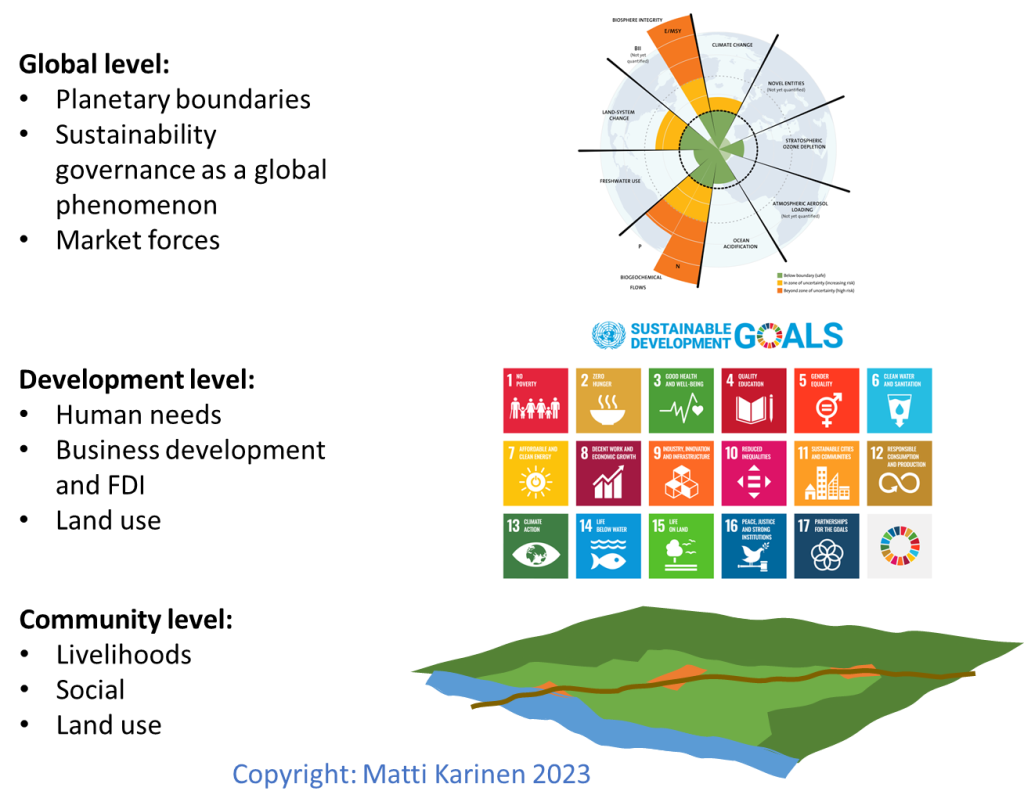Legitimacy is one of those terms that everyone seems to understand in a different way. In management studies we actually have three different perspectives to legitimacy. For us, it can be a property, a perception or a process. These are of course also traditions, and some academics will adhere to one and not the others.
This mirrors the situation in the field. Different organisations and individuals understand and act on their legitimacy in different ways. Companies often think of legitimacy as a property while also trying to affect peoples perceptions of the company – without explicitly thinking of perceptions as another form of legitimacy. For many being legitimate is the same thing as being legal; that however is only one take on legitimacy as property. Many things that are legal are not legitimate for a company to do. This is obvious.
Already my using the words “act on” signals my position on legitimacy. To me, legitimacy is best understood as a process. Both legitimacy as a property and as a perception can measure legitimacy at a set moment. Understanding the legitimacy of an organisation (or institution or social construction – take your pick; I prefer organisation) as a process forces a long term approach and enables legitimacy action over time.
This is where things get a little murky. In organisations when we speak about legitimacy and process, that is understood to mean the steps needed to get some kind of licence. Not so. It is much more than that. The licence itself is a form of legitimacy as property – all well and good – but how those steps are done (not whether they are done), and the relationship of those actions (the how) to other actions over time (past and prospective) is what matters.
The point in looking at legitimacy as a process is, to me, to emphasise the connectedness between different actions.
To me the process is always ongoing, whether there is a permit application being done or not. And importantly, the process can happen at many levels of analysis.
Whether something is legitimate or not may not be straightforward in the process perspective. While legitimacy-as-property allows (within some institutional frame) a binary determination, and legitimacy-as-perception is essentially an opinion survey, legitimacy-as-process sees an organisations legitimacy built over time. While a “legitimacy threshold” is assumed to exist, where that is is difficult to place. The organisation creates its own legitimacy as it goes along. It can also loose legitimacy – through a process of delegitimation.
Importantly for me; the organisation is always a participant in the legitimation or delegitimation, and it’s actions can have both positive and negative effects. So what should organisations do?
In these things it is useful to understand what are the themes involved in legitimacy processes. In other words legitimacy processes are often about something and somewhere. About issues and places. Or themes and spaces.
In my thinking I use the idea of legitimacy process spaces. That space is both a topic area, but also a tied to terrain. This is because I am coming at the legitimacy discussion from a climate change and sustainable development perspective. One that more specifically is tied to land and land use. However, one does not have to be analysing agriculture for this to work. Equally well, a widget assembly plant will be spatially situated somewhere with spatially derived issues. Likewise it will be tied to issues that are not necessarily spatial in nature at least initially – but are for example linked to market demands, widget design, and supranational standards for widget safety or materials.
Of course these legitimacy process spaces are multi level. For simplicity (and because it works), in my analysis I think of things along three levels. The levels are, bottom up: Community, Development and Global (governance). These are also levels of governance and maybe even government.

Indeed, at the community level, in my research context, the company is essentially a proto/parallel government by itself. It provides healthcare services, employment, sets economic conditions, builds and maintains infrastructure, provides de facto inter community arbitration… It’s a bit crazy actually. And frankly not a role that was thought about a lot (one mistake!). Let’s not get too much ahead… another topic for later!
NB how important land use is. One can also read “planetary boundaries” to be land use by another name!
I’ll try to open up these levels a bit more in a later post. Cheers for now!
1 comment